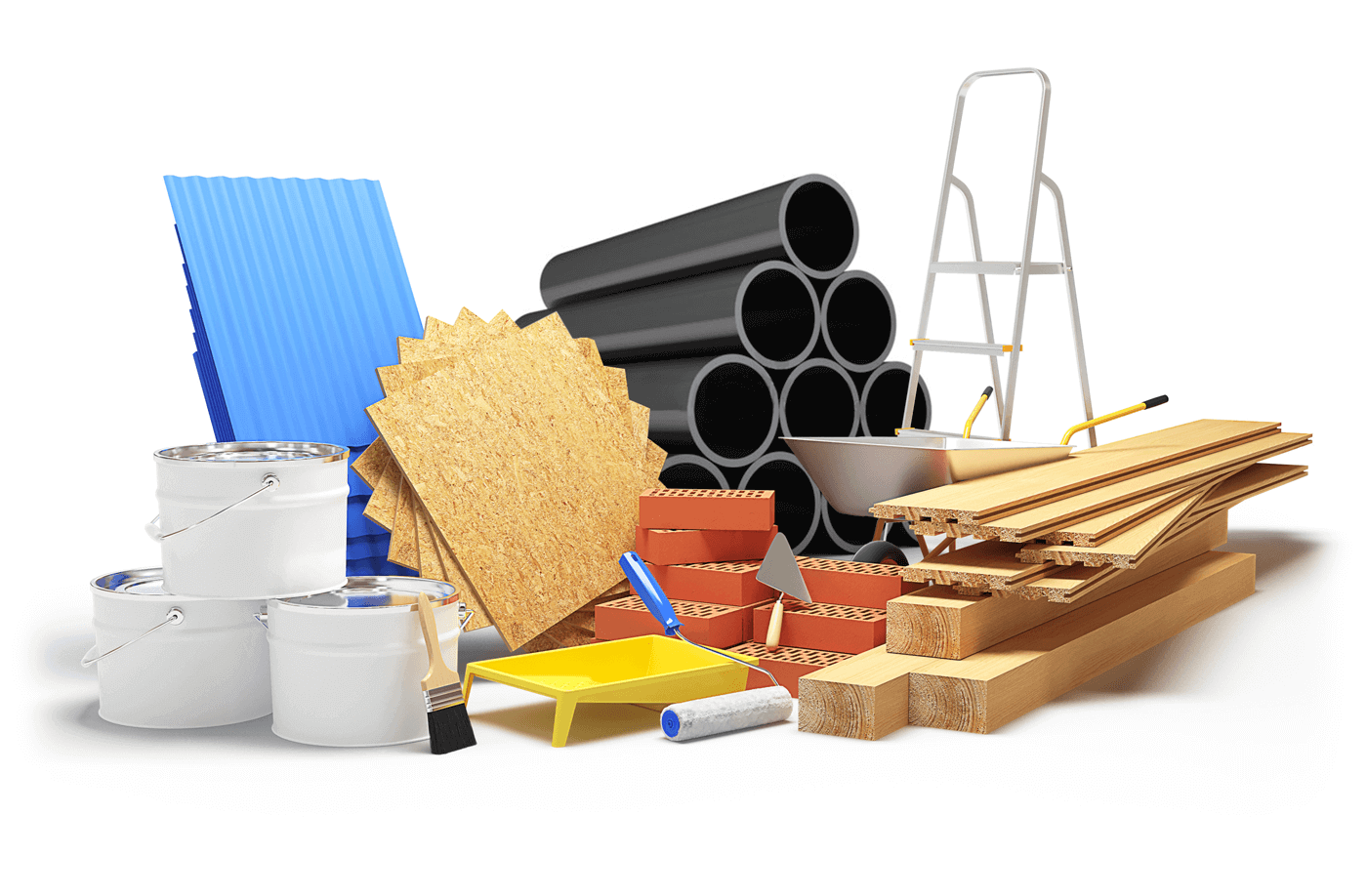
Insulation plays a crucial role in maintaining comfortable indoor temperatures, reducing energy consumption, and enhancing overall efficiency. However, not all materials are created equal when it comes to insulating properties. In this comprehensive blog post, we will delve into the world of insulation materials, exploring the factors that make certain materials excellent insulators. From traditional options to cutting-edge innovations, we will uncover the secrets behind what materials make good insulators.
- Understanding Insulation:
Before we dive into the specifics, let's establish a solid foundation by understanding the concept of insulation. Insulation refers to the process of reducing heat transfer between objects or spaces. It involves the use of materials with low thermal conductivity, which inhibit the flow of heat energy. - Factors Influencing Insulating Properties:
To determine what materials make good insulators, several factors come into play:
a) Thermal Conductivity: The ability of a material to conduct heat is a crucial factor. Materials with low thermal conductivity, such as fiberglass and mineral wool, excel in insulating applications.
b) Density: Higher density materials tend to have better insulating properties due to their ability to trap air pockets, which act as barriers to heat transfer. Examples include cellulose insulation and spray foam.
c) Moisture Resistance: Moisture can significantly reduce the effectiveness of insulation. Materials like closed-cell spray foam and extruded polystyrene (XPS) foam exhibit excellent moisture resistance, making them ideal choices for damp environments.
d) Fire Resistance: Fire safety is paramount in insulation materials. Options like rock wool and fiberglass possess exceptional fire resistance properties, ensuring the safety of occupants.
- Traditional Insulation Materials:
a) Fiberglass: Made from fine glass fibers, fiberglass insulation is a popular choice due to its affordability, versatility, and excellent thermal resistance.
b) Mineral Wool: Derived from natural minerals like basalt or diabase, mineral wool insulation offers superior fire resistance and sound absorption properties.
c) Cellulose: Composed of recycled paper or plant fibers, cellulose insulation provides excellent thermal performance and is an eco-friendly option.
- Innovative Insulation Materials:
a) Aerogel: Known as the frozen smoke, aerogel is an ultra-lightweight material with exceptional insulating properties. It is composed of a gel with the liquid component replaced by gas, resulting in a solid with extremely low thermal conductivity.
b) Vacuum Insulation Panels (VIPs): VIPs consist of a core material enclosed in a vacuum-sealed panel. This design eliminates air and reduces thermal conductivity, making them highly efficient insulators.
c) Phase Change Materials (PCMs): PCMs absorb and release heat during phase transitions, providing effective temperature regulation. They are often used in building envelopes to enhance energy efficiency.
Conclusion:
Choosing the right insulation material is crucial for optimizing energy efficiency and maintaining comfortable indoor environments. By considering factors such as thermal conductivity, density, moisture resistance, and fire resistance, one can identify the materials that make good insulators. From traditional options like fiberglass and mineral wool to innovative solutions like aerogel and VIPs, the world of insulation materials continues to evolve, offering a wide range of choices for various applications. Stay informed and make informed decisions to create energy-efficient and sustainable spaces.

